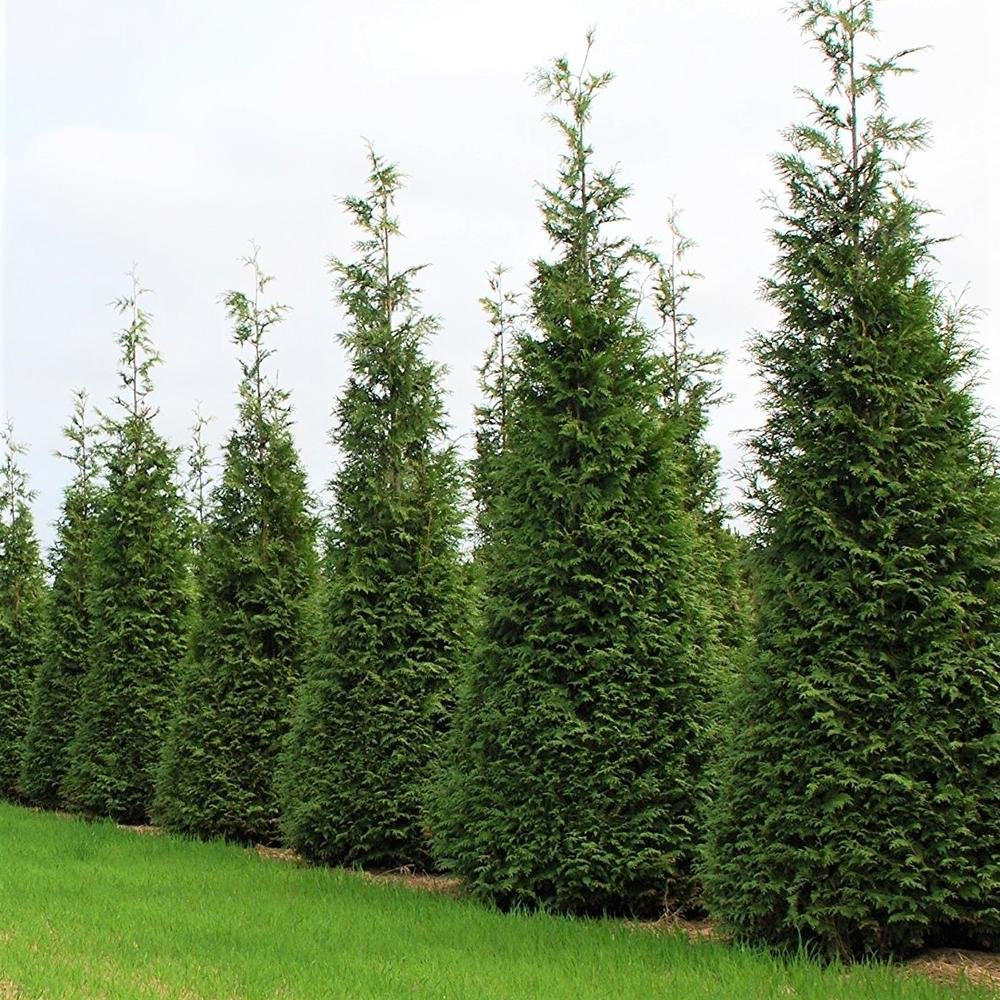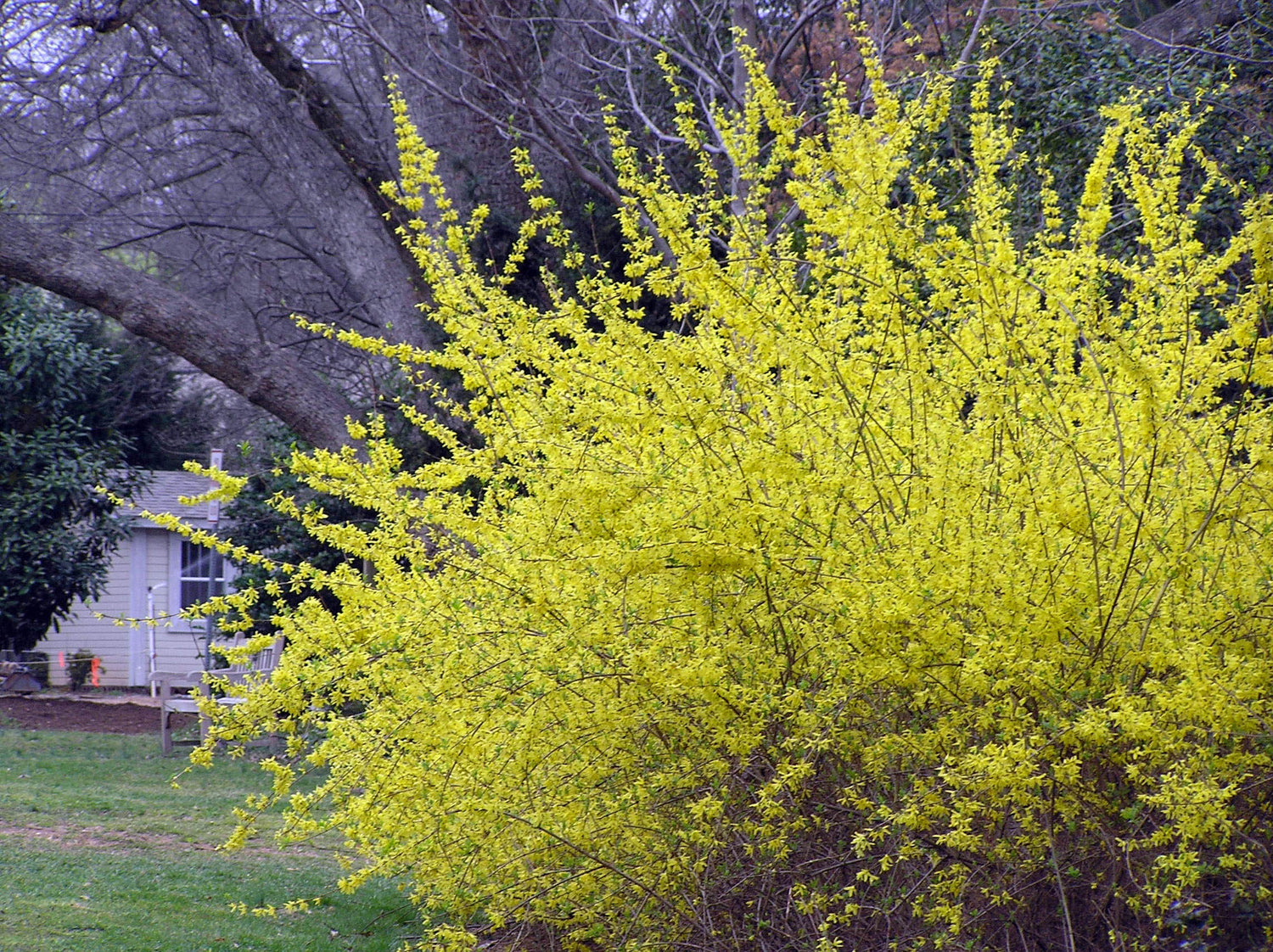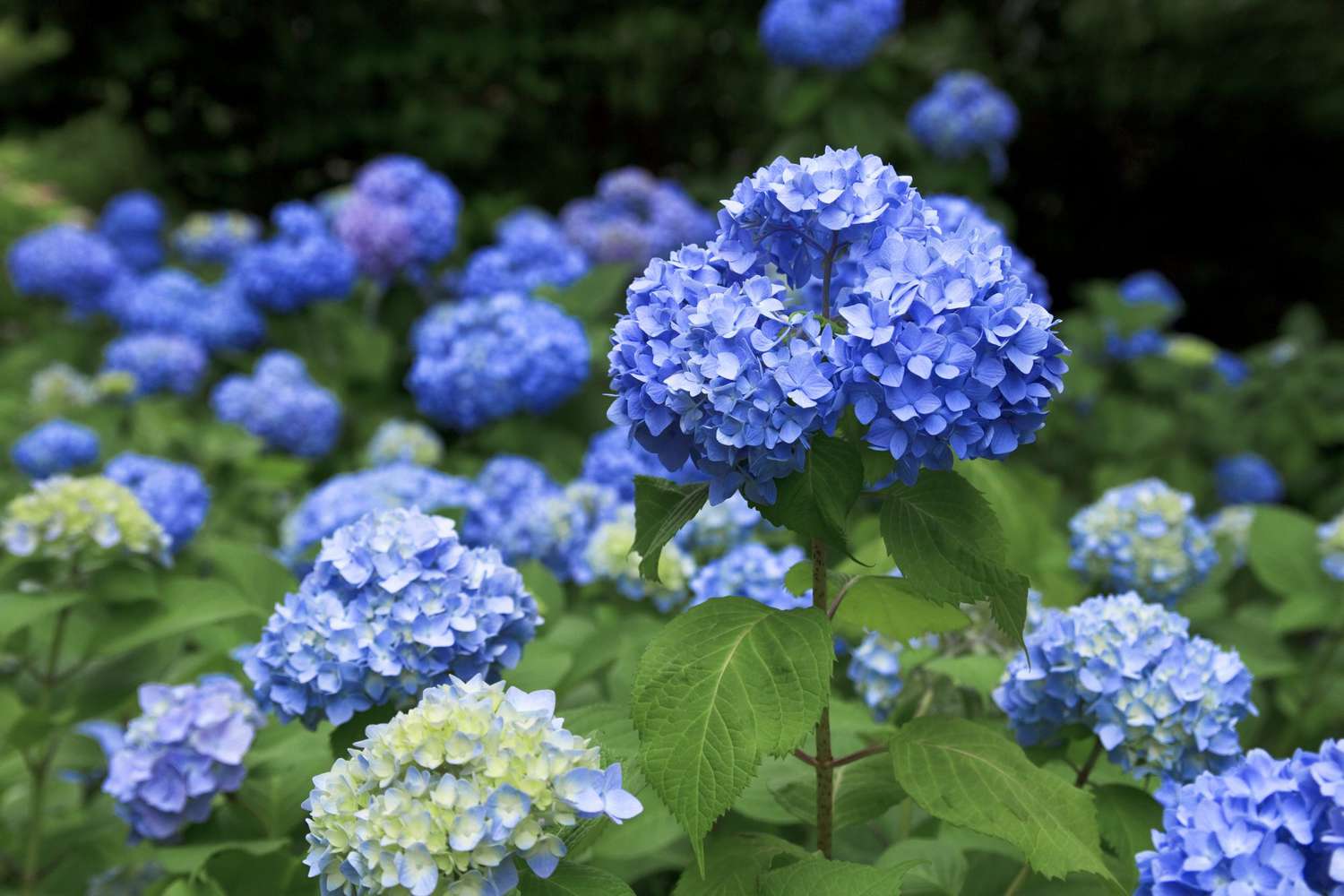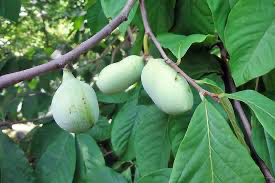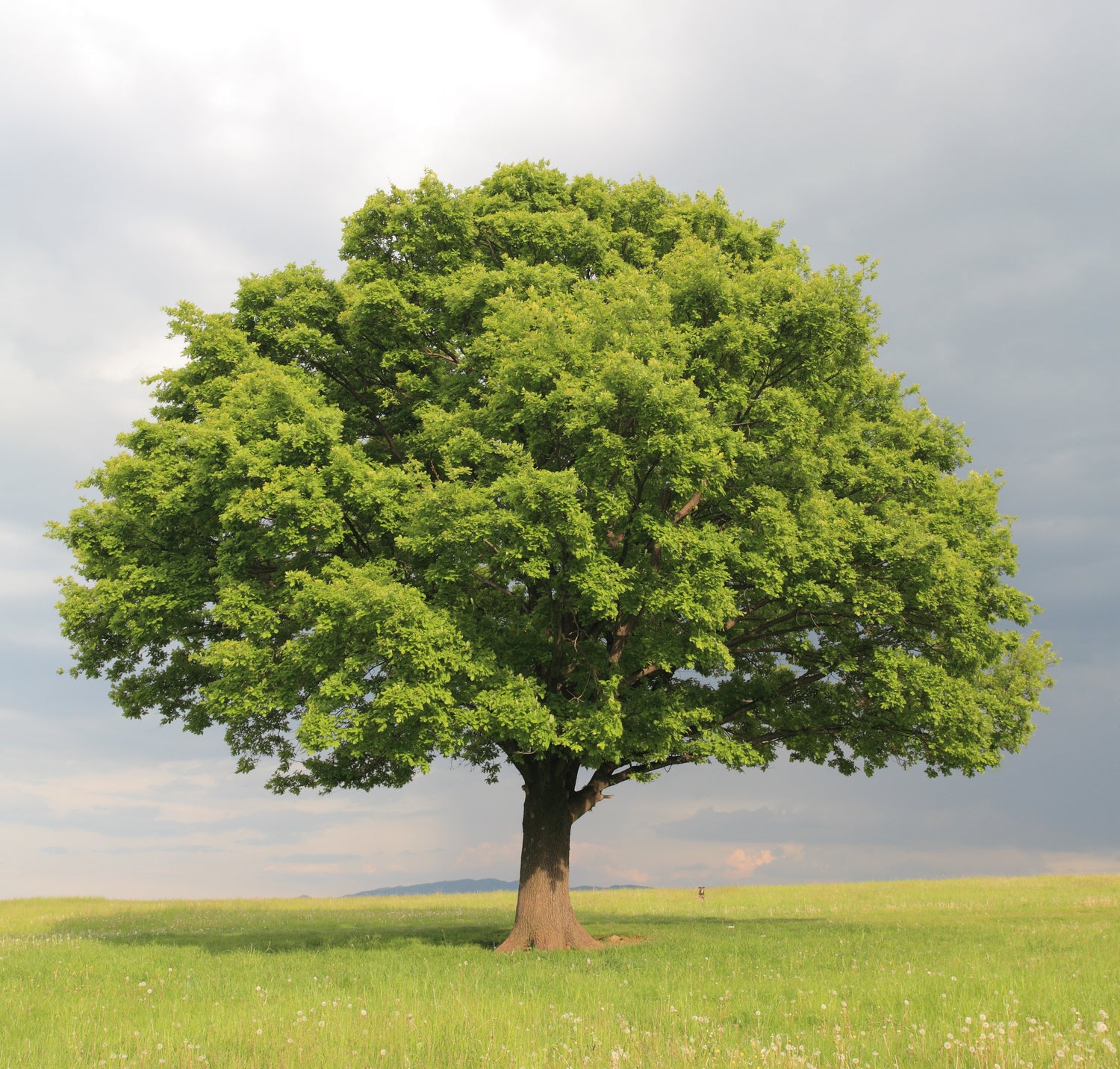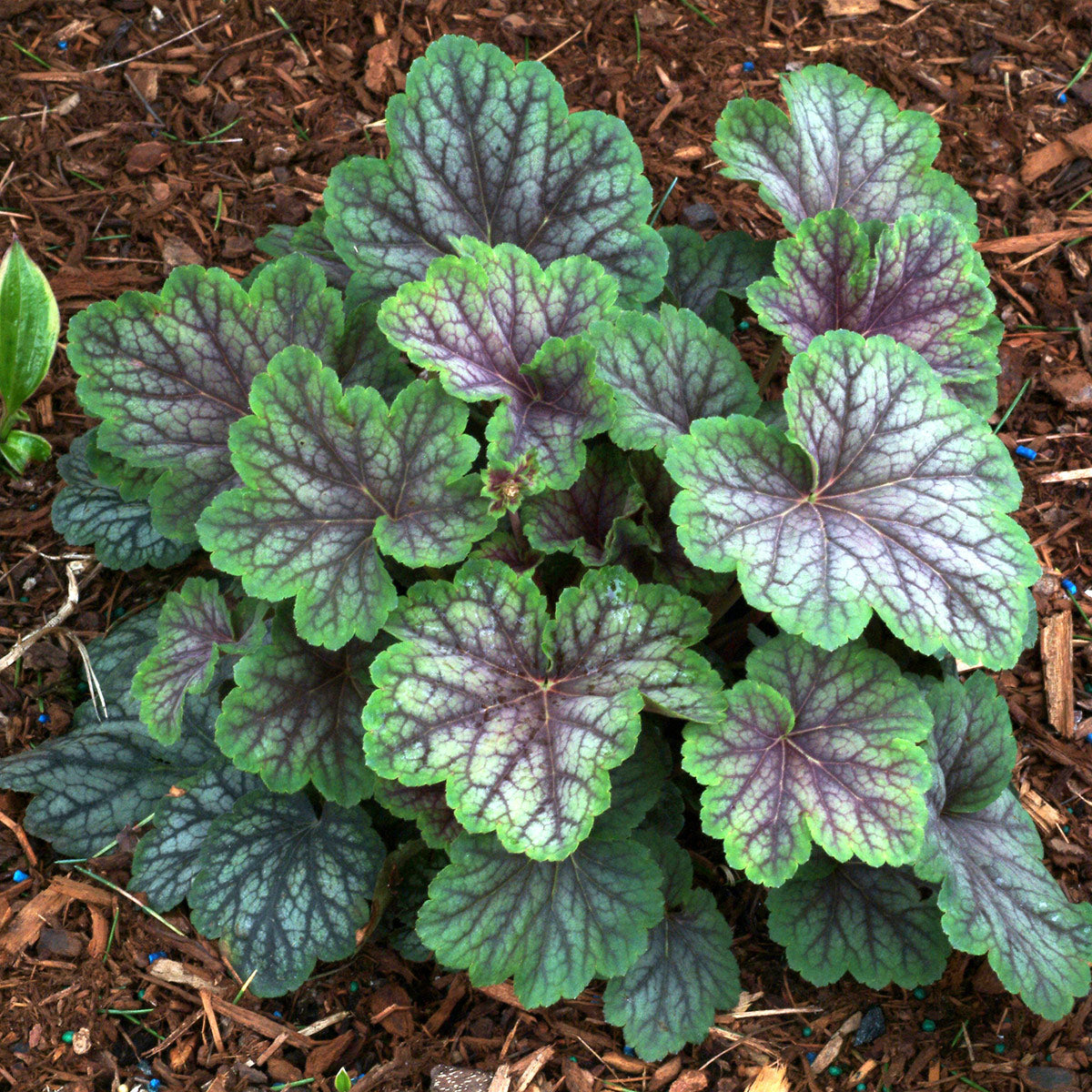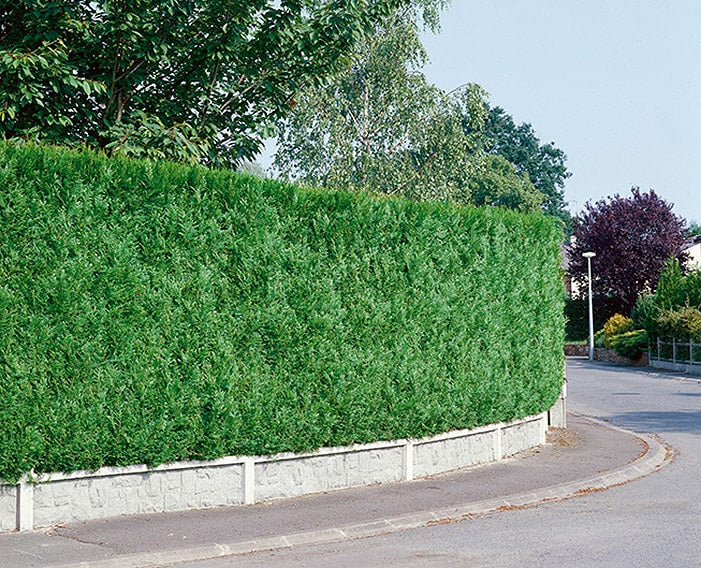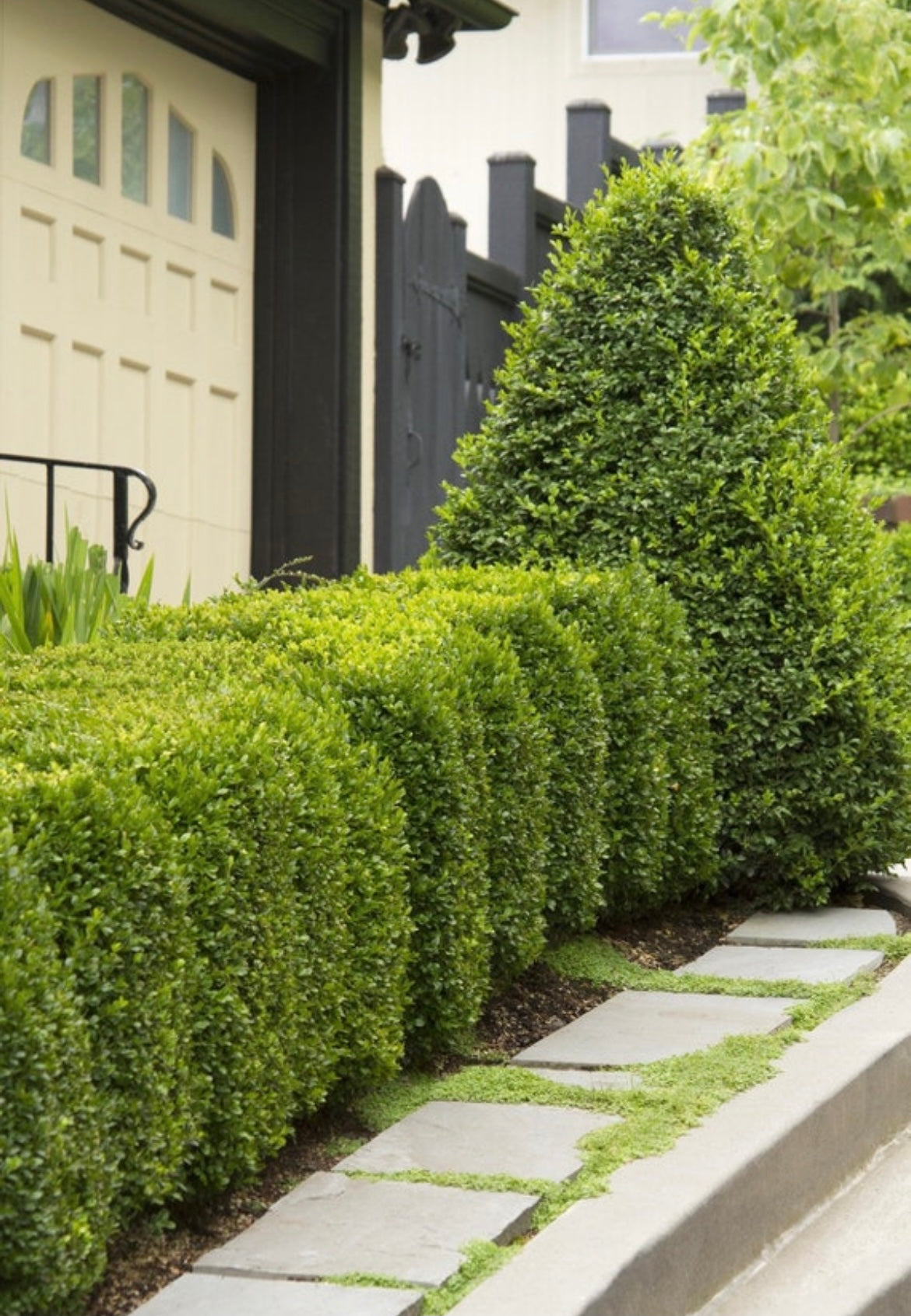Introduction to Mulching
Mulching is a crucial practice in gardening and landscaping that offers numerous benefits. But with so many types of mulch available, it's essential to understand which mulch to pick and when, whether rubber mulch is okay, if you should use special glue on your mulch, and what color of mulch matters. This guide will address these questions and more, helping you make informed decisions for your garden.
What Mulch to Pick and When?
Types of Mulch
-
Organic Mulch: Includes wood chips, bark, straw, grass clippings, and compost. Organic mulch improves soil fertility as it decomposes.
- When to Use: Ideal for flower beds, vegetable gardens, and around trees and shrubs.
-
Inorganic Mulch: Includes gravel, stones, plastic sheeting, and rubber mulch. It does not decompose and is best for controlling weeds.
- When to Use: Suitable for pathways, around foundations, and areas where long-term weed control is needed.
Factors to Consider
- Soil Type: Choose mulch that complements your soil. For example, bark mulch works well in sandy soils, helping to retain moisture.
- Climate: In hot climates, lighter-colored mulch like straw reflects heat, keeping soil cooler. In cooler climates, darker mulch like bark absorbs heat, warming the soil.
- Plant Type: Different plants benefit from different types of mulch. For instance, acid-loving plants like azaleas thrive with pine needles or bark mulch.
To enhance your garden with fast-growing plants and trees, consider exploring the quick landscape transformation collection for options that work well with your chosen mulch.
Is Rubber Mulch Okay?
Rubber mulch, made from recycled tires, is gaining popularity due to its durability and low maintenance. However, it's essential to weigh its pros and cons before deciding if it's the right choice for your garden.
Pros:
- Long-lasting: Rubber mulch doesn't decompose, meaning less frequent replacement compared to organic mulch.
- Effective Weed Control: It creates a strong barrier against weeds, helping keep your garden tidy.
- Good Insulation: Rubber mulch helps regulate soil temperature, keeping it warmer in the winter and cooler in the summer.
Cons:
- Chemical Concerns: Rubber mulch can leach chemicals into the soil, potentially harming plants. It's essential to research and choose high-quality, non-toxic rubber mulch if you decide to use it.
- Flammability: Rubber mulch is more flammable than organic mulch, posing a fire risk in certain conditions.
- Environmental Impact: While using recycled materials is a plus, rubber mulch is not biodegradable, contributing to long-term waste.
For areas where you want a more traditional and natural look, you might consider using evergreen plants that pair beautifully with organic mulches, providing year-round greenery and aesthetic appeal.
Should I Use Special Mulch Glue?
Using mulch glue, a binding agent, can help keep mulch in place, especially in windy areas or on slopes. However, there are pros and cons to consider before applying it in your garden.
Pros:
- Prevents Erosion: Mulch glue helps keep mulch from washing away during heavy rains or windy conditions.
- Neat Appearance: It maintains a tidy and uniform look, keeping mulch in place and enhancing the overall aesthetics of your garden.
Cons:
- Cost: Adding mulch glue to your mulching process incurs extra expense.
- Application: Requires careful application to avoid harming plants and ensure even coverage.
If you're considering mulch glue, it's crucial to weigh these factors and decide if the benefits align with your gardening goals. For vibrant garden enhancements, check out our collection of flowering plants that can complement your mulching efforts and elevate your garden’s beauty.

Does Mulch Color Matter?
The color of mulch can impact both the aesthetics and functionality of your garden. Choosing the right color depends on your garden design and the plants you're working with.
Aesthetic Considerations:
- Black Mulch: Offers a striking contrast, making plants stand out. It's perfect for creating a modern and sleek look.
- Brown Mulch: Blends well with natural landscapes, offering a traditional and classic appearance. It's versatile and complements a wide range of plants.
- Red Mulch: Adds vibrant color and is often used in decorative gardens. It can make your garden pop and add warmth.
Functional Considerations:
- Heat Absorption: Darker mulch absorbs more heat, which can affect plant roots, especially in hot climates. Lighter-colored mulches reflect sunlight, keeping the soil cooler.
- Decomposition Rate: Colored mulches decompose at different rates. Dyed mulches, like red and black, often last longer than natural mulches due to the dyes used.
Choosing the right color mulch can enhance your garden's appearance and function. For a cohesive look, consider pairing your mulch with large trees to create a balanced and visually appealing landscape.
When to Mulch?
The timing of mulching is crucial for maximizing its benefits. Understanding when to mulch can help ensure that your garden thrives.
Spring:
- When to Apply: Early spring, after the soil has warmed.
- Benefits: Helps retain moisture, suppress weeds, and improve soil fertility as plants grow. Spring mulching also sets the stage for a productive growing season by providing a consistent soil temperature and conserving water.
Fall:
- When to Apply: Late fall, after the first frost.
- Benefits: Protects plants from winter cold, prevents soil erosion, and adds nutrients to the soil as it decomposes over winter. Fall mulching can also help insulate plant roots and protect perennial plants from frost heaving.
To make the most of your mulching efforts, consider the seasonal needs of your plants. For perennial plants that benefit from both spring and fall mulching, explore our selection of perennials to find varieties that will thrive in your garden year-round.






